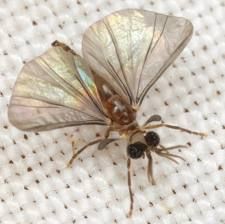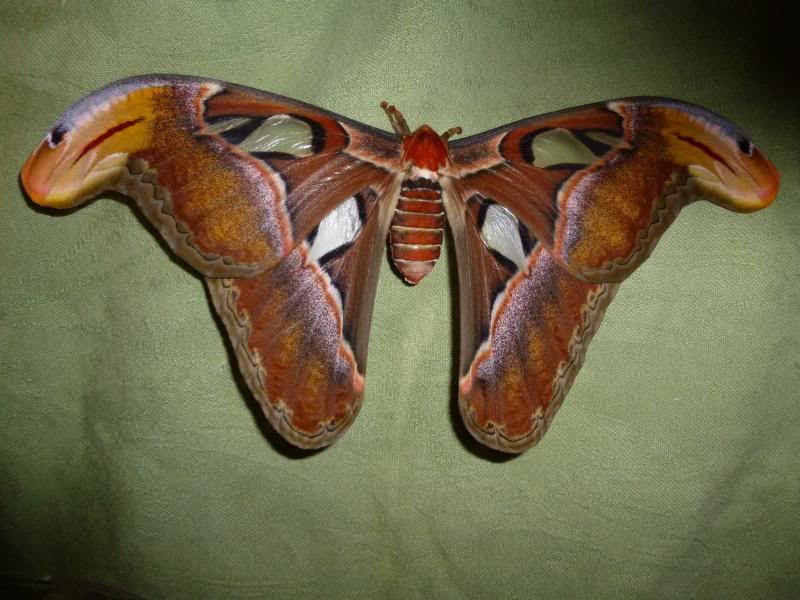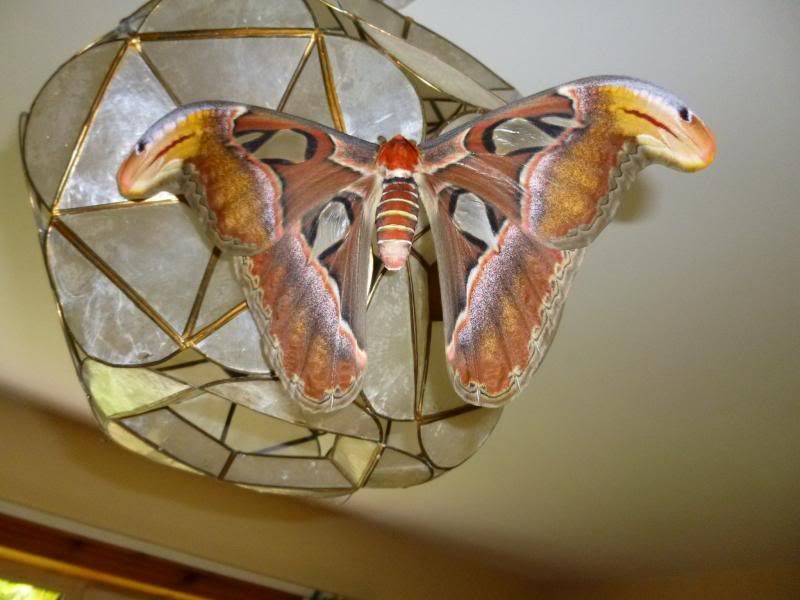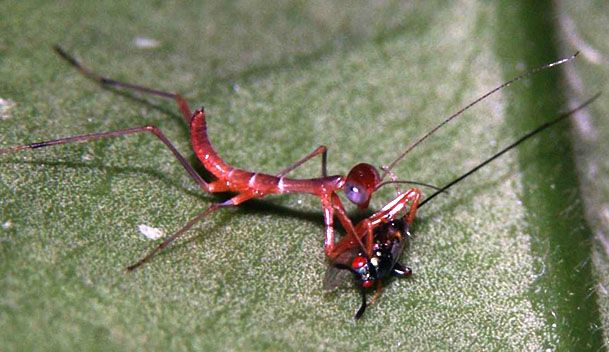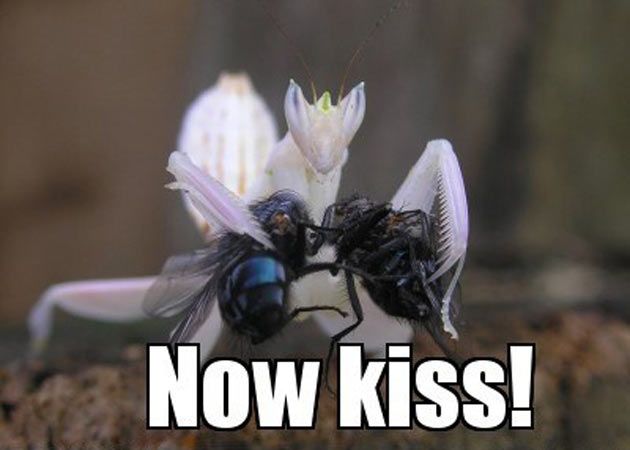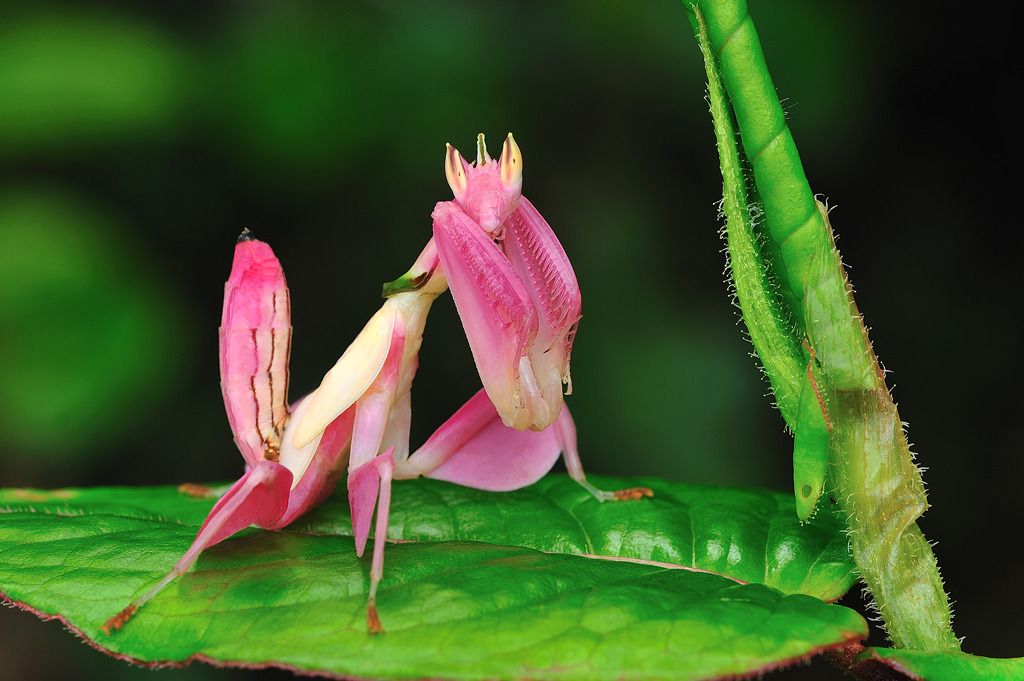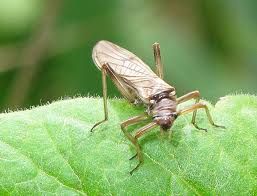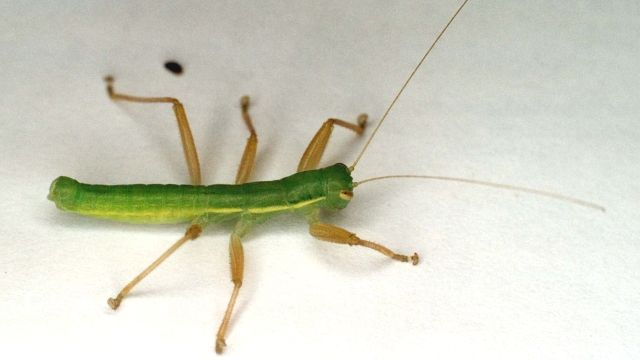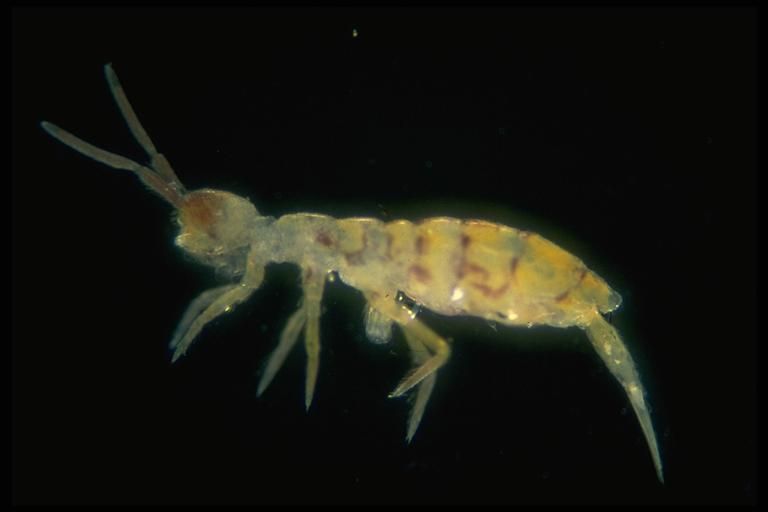I forgot in my last post to comment on that atlas moth...absolutely beautiful! I'd love to get my hands on a few to give my niece, who is a budding insect lover.
My apologies for the (very) late posting. Today's picks are:
22. Coleoptera
23. Strepsiptera
Coleoptera: the beetles!
Beetles populate the planet at an awesome scale. They represent 40% of the 1,000,000 described species and 25% of the TOTAL species of all known animal forms. Characterized by their outer wings being hardened into what are called 'elytra', beetles are incredibly (mind-blowingly) diverse. I'm not sure just how many specimens we have at the OSU museum, but to put it in perspective: the grad student who is currently finishing up his thesis there this year discovered three new species just by digging through the collection (some DNA sequencing was done, but he was fairly sure beforehand that they were as yet undescribed). All three were from the Pacific Northwest...not the tropics, where new species of insect are discovered frequently.
It's believed that beetles evolved their elytra for lifestyles where they had to dig and burrow, yet still retain the ability to fly. A high number of beetles are fossorial (living in the ground) to some degree, and many others live in other close quarters like tree bark, rotten logs, and...poop (dung beetles). Not all beetles live this way of course, and some have elytra that are so modified for other reasons that they wouldn't function for anything practical other than covering their flying set of wings.
So, everyone knows what dung beetles are, and an image of them probably comes to mind of how they push dung balls backwards. A study was done fairly recently on how they knew where they were going--depending on species, they can be active day or night. It was found that they use the sun or stars to position themselves in the right direction. Cloudy nights saw little dung beetle locomotion, and during the day, researchers simply stood over traveling beetles with a big piece of cardboard to block the sun. Sometimes they used mirrors and glass to change the sun's orientation. Block the sun, and they stop and act confused. Change the sun's orientation, and they changed with it. Pretty cool!
Here's one of my favorite beetles, the calligraphy beetle. These can be found in many areas of the world, and many are found here in the Pacific Northwest. OSU has a large collection of them, and I kid you not...to me they look fake, like someone painted the lines on them. Some are so precise and intricate they look like writing!
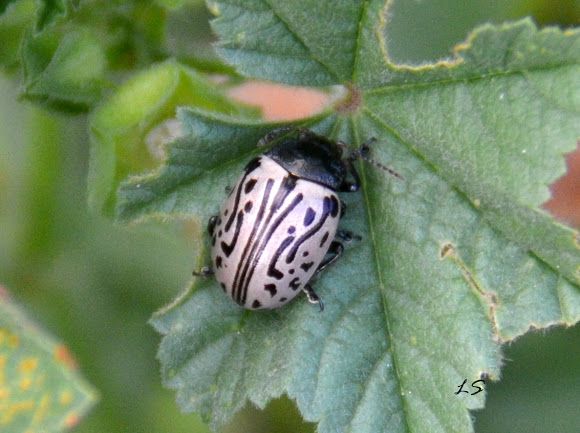
There are lots of species that are beautifully iridescent, and as a result, some are collected in large numbers for making jewelry (or raised in captivity):
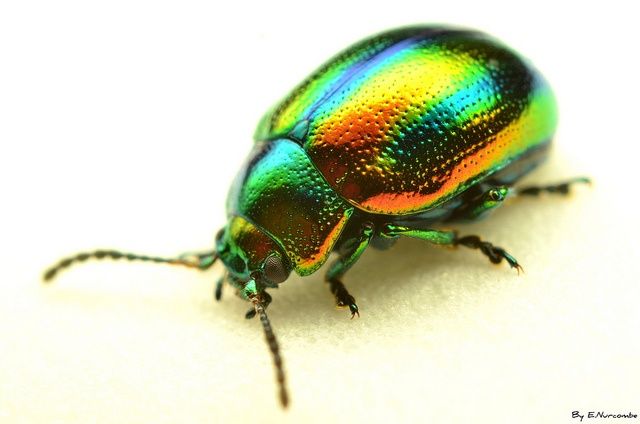
Here are couple of images of another favorite, tortoise beetles. I think they're kinda cute.

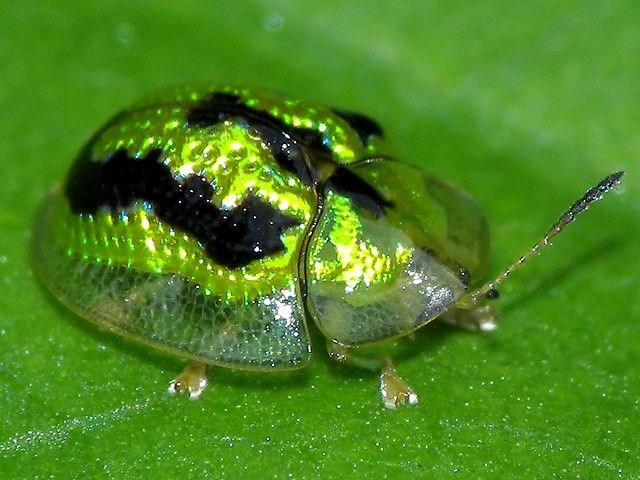
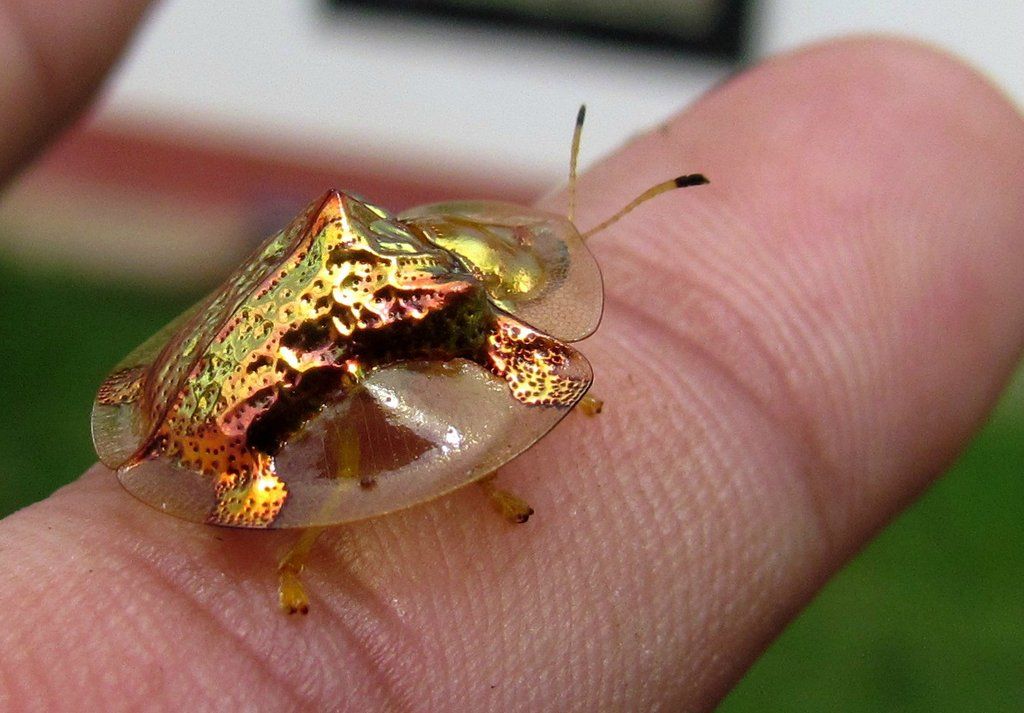
And something really big!

Strepsiptera, the twisted-wing flies.
This is one of the weirder orders. It's also small, with only about 600 species. All are parasitic, mostly to other insects like wasps and bees, but also to silverfish and cockroaches. Chances are, you've been close to them and never known it.
So, to explain part of their weirdness, I have to tell you a bit about true flies. True flies (like those in your house) have only one set of wings. The second pair, behind the first, have evolved into 'halteres', which greatly aid flies in maneuverability. I'll post a video link about this when that family gets drawn. In twisted-wing flies, the FIRST pair of wings are halteres, and the second set, the 'hind' wings, are functional wings. They have a twisted, warped appearance, which is how they got their name.
They even look weird...
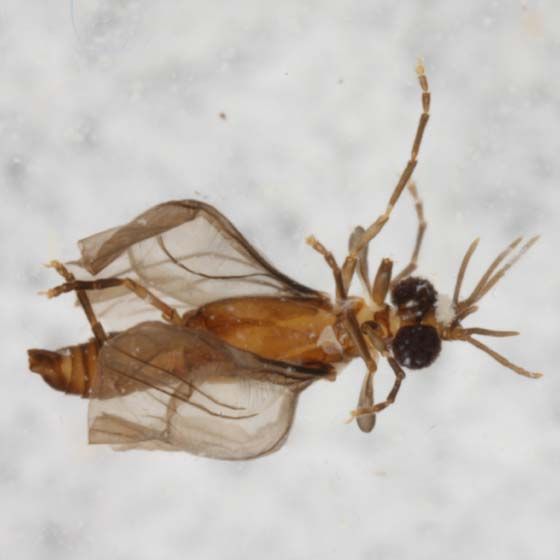
This one still looks alive--they're small, and it might just be me, but it looks like this one is sitting on some aida cloth!

